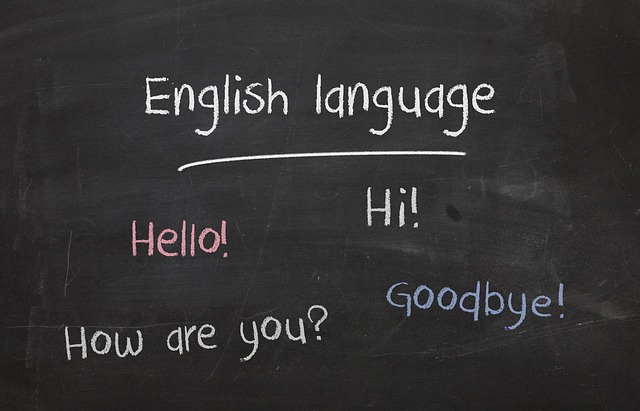The Future of Conversational AI: Exploring GPT Chatbot Development
What are the key advancements in GPT-chatbot development that will shape the future of conversational AI?
The Future of Conversational AI: Exploring GPT Chatbot Development
Conversational AI has witnessed tremendous growth over the years, transforming the way we interact with machines. One significant development in this field is the emergence of Generative Pre-trained Transformers (GPT), which has opened up new possibilities for chatbot development. In this article, we will delve into the future prospects of conversational AI using GPT-based chatbot models.
Understanding GPT Chatbots
GPT chatbots leverage the power of deep learning to generate human-like responses based on the text inputs they receive. OpenAI’s GPT models, such as GPT-2 and GPT-3, have gained popularity due to their ability to generate coherent and contextually relevant responses.
Unlike rule-based chatbots that follow pre-designed scripts or keyword matching, GPT chatbots rely on large-scale language models trained on a vast corpus of text data. This enables them to learn language patterns and generate responses that are more nuanced and natural-sounding.
The Advantages of GPT Chatbots
GPT chatbots offer several advantages over traditional chatbot models:
- Contextual Understanding: GPT chatbots can grasp the context of a conversation better than rule-based chatbots, allowing them to deliver more accurate and contextually appropriate responses.
- Improved Language Generation: Due to their training on extensive text data, GPT chatbots can generate human-like responses with coherent grammar, appropriate vocabulary, and even adopt similar conversational styles.
- Enhanced Personalization: GPT chatbots can be fine-tuned to specific domains or user preferences, allowing for personalized interactions and tailored responses.
The Future Possibilities
The future of conversational AI with GPT chatbots looks promising. Here are a few potential applications and advancements we can expect:
1. Improved Virtual Assistants
Virtual assistants such as Apple’s Siri, Amazon’s Alexa, and Google Assistant have already revolutionized how we perform everyday tasks. With GPT-based chatbots, these virtual assistants can become even more conversational, understanding the nuances of human interactions and providing more personalized and contextually relevant assistance.
2. Enhanced Customer Service
GPT chatbots can significantly improve customer service experiences. By leveraging their natural language understanding capabilities, these chatbots can handle complex queries, provide accurate information, and even empathize with customers in a more human-like manner. This advancement can lead to better customer satisfaction and improved overall customer service.
3. Personalized Learning and Tutoring
GPT chatbots can be employed in educational settings to provide personalized learning experiences. These chatbots can adapt to individual learning styles, provide explanations, answer questions, and offer guidance, making learning more interactive and tailored to the needs of each student.
4. Natural Language Programming Interfaces
The integration of GPT chatbots with programming interfaces can revolutionize the way developers interact with code. By understanding natural language inputs, these chatbots can assist in code debugging, provide code suggestions, explain complex programming concepts, and facilitate a more intuitive and interactive programming experience.
Conclusion
GPT chatbots have ushered in a new era of conversational AI, presenting exciting opportunities for various industries. As these chatbots continue to evolve and improve, we can expect more intelligent, context-aware, and human-like conversational experiences. The future holds immense potential for GPT chatbot development, with advancements in virtual assistants, customer service, education, and programming interfaces, among other domains. Let us embrace this future and witness the transformation brought about by conversational AI powered by GPT models.




















